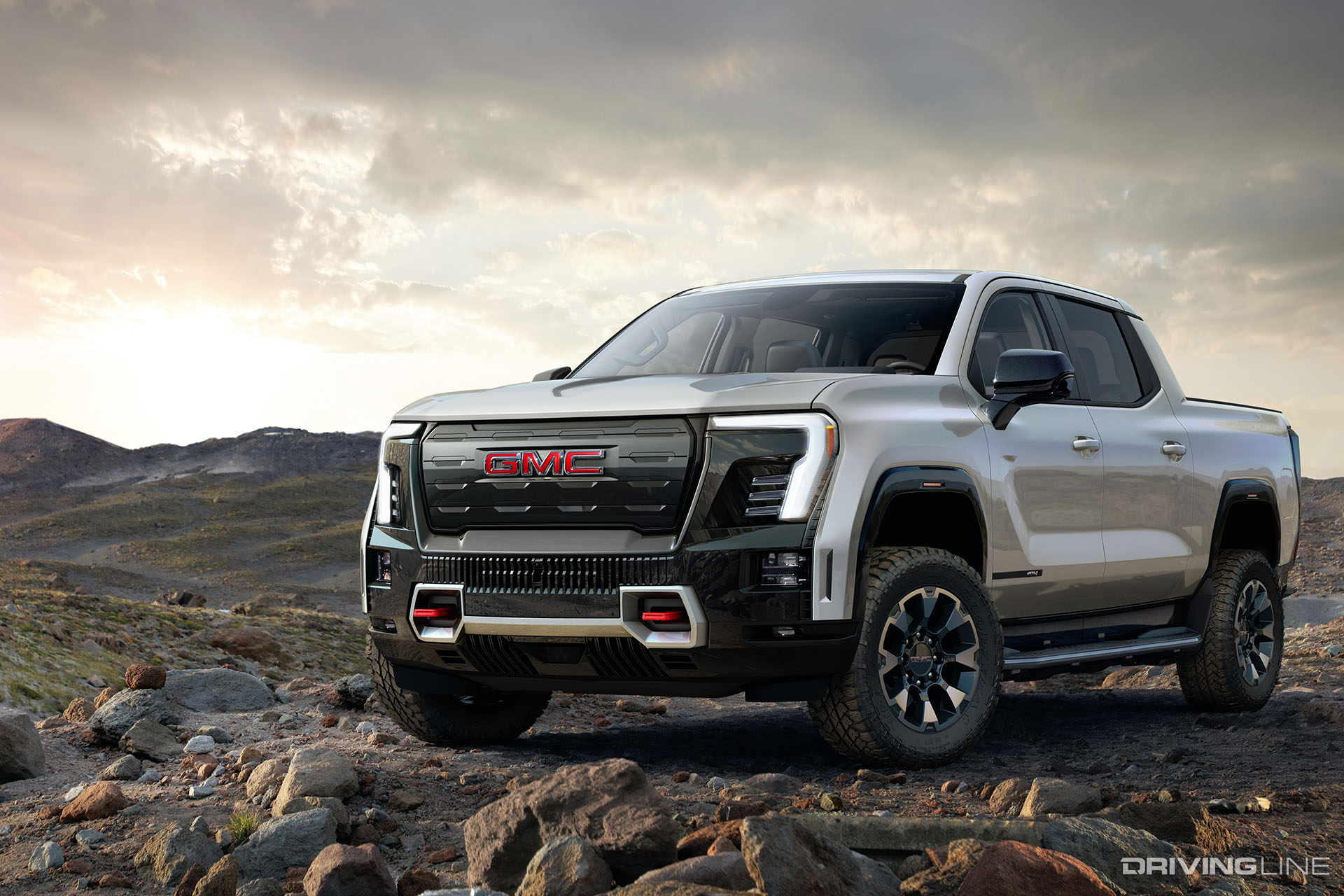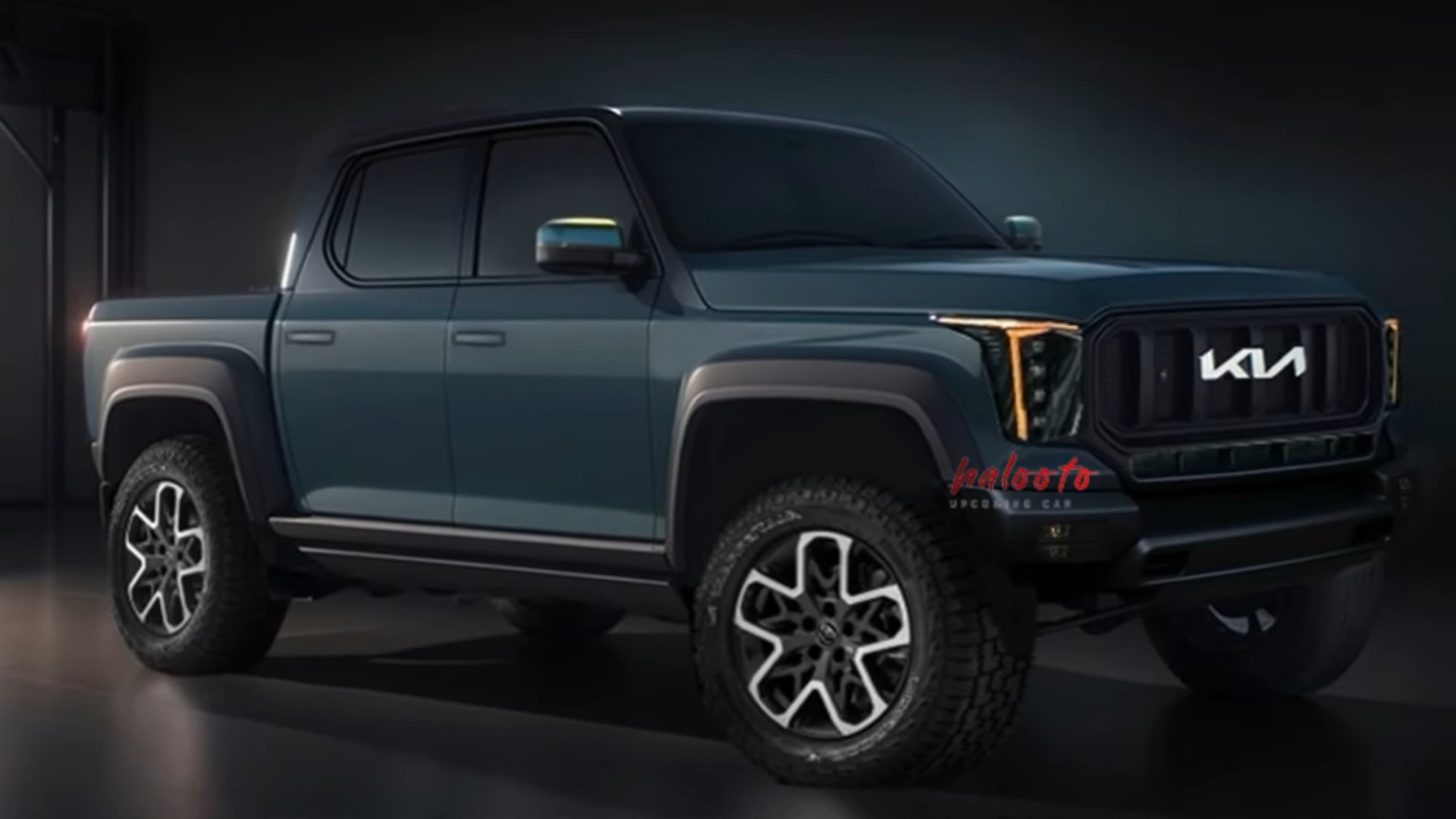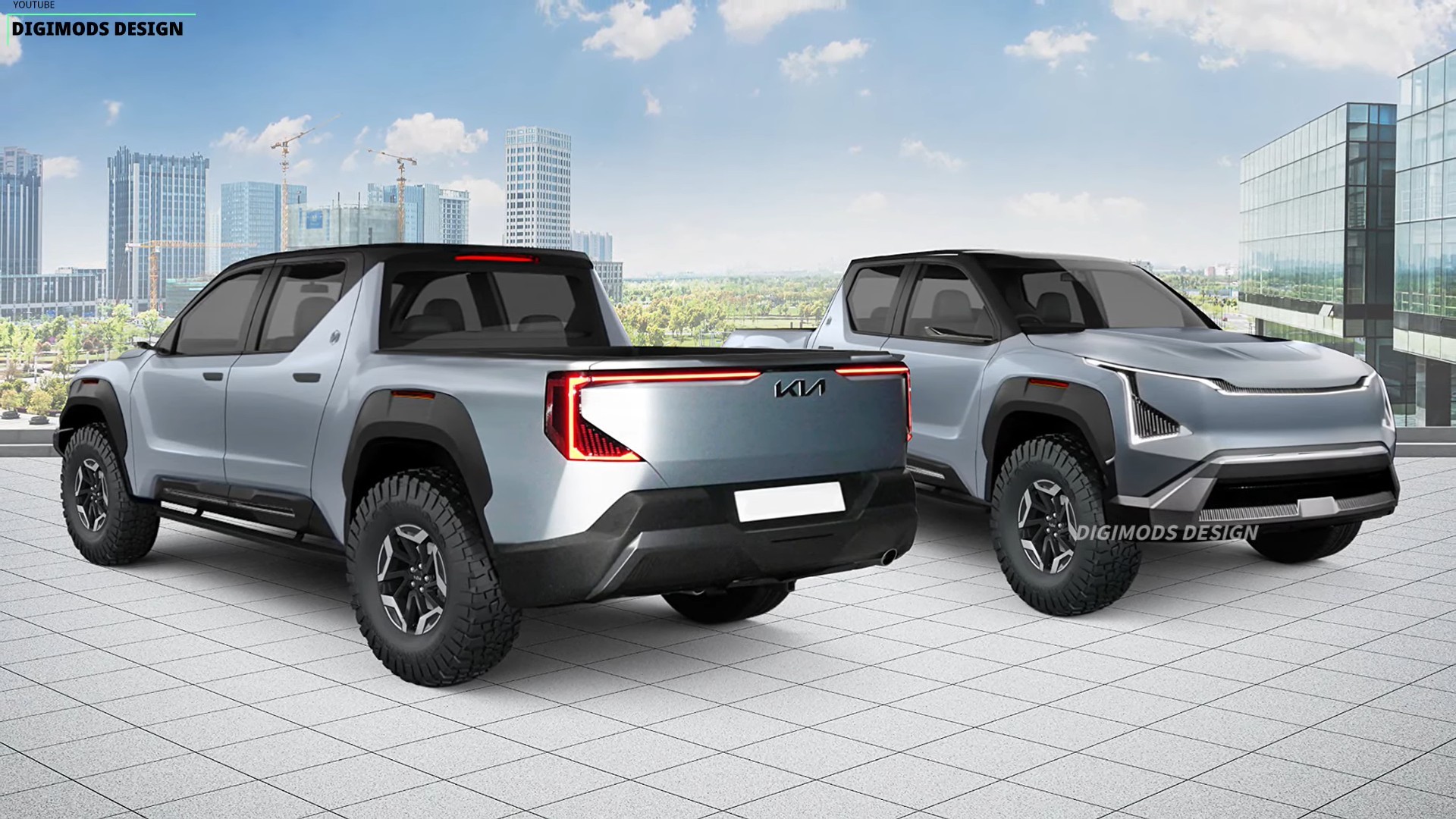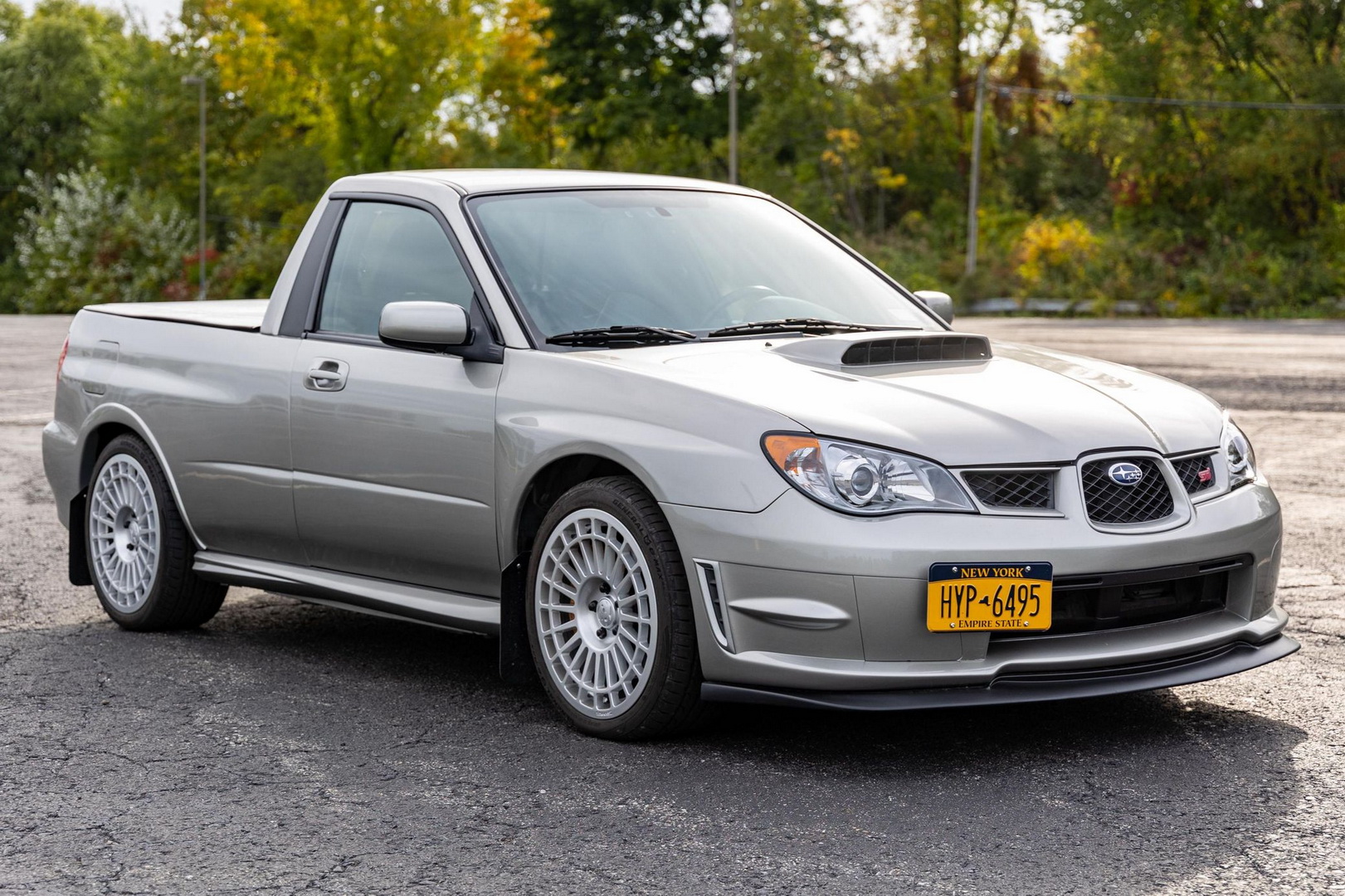Pickup Trucks Racks: Expanding Your Hauling Horizons pickup.truckstrend.com
For many, a pickup truck is more than just a vehicle; it’s a versatile workhorse, an adventurous companion, and a symbol of capability. While the bed of a pickup offers substantial cargo space, there are often limitations when it comes to transporting oversized, long, or oddly shaped items. This is where Pickup Trucks Racks come into play. Far from being a mere accessory, a well-chosen truck rack transforms your vehicle’s utility, significantly expanding its hauling capabilities and ensuring safe, secure transport of everything from lumber and ladders to kayaks and camping gear.
This comprehensive guide will delve into the world of pickup truck racks, exploring their diverse types, myriad benefits, crucial considerations for selection, and practical advice for maximizing their potential. Whether you’re a seasoned contractor, an avid outdoor enthusiast, or simply someone looking to get more out of their truck, understanding truck racks is key to unlocking your vehicle’s full potential.
Pickup Trucks Racks: Expanding Your Hauling Horizons
What Exactly Are Pickup Truck Racks?
At its core, a pickup truck rack is an aftermarket accessory designed to provide additional, elevated, or specialized cargo carrying capacity beyond the truck’s bed. These structures are typically mounted to the truck bed rails, stake pockets, or directly to the frame, creating a stable platform or support system above the truck’s bed or cab. They are engineered to distribute weight safely and securely, allowing you to transport items that would otherwise be too long, bulky, or awkward to fit within the confines of the truck bed alone.
The primary purpose of a truck rack is to:
- Extend Carrying Length: Transport items longer than the truck bed, such as lumber, pipes, ladders, kayaks, and canoes, without them dragging on the ground or dangerously extending out the back.
- Increase Load Height: Utilize the vertical space above the truck bed, freeing up bed space for other gear. This is particularly useful for rooftop tents, recovery gear, or multiple pieces of equipment.
- Protect Your Truck and Cargo: Prevent damage to the truck’s cab or bed from shifting loads, and provide secure tie-down points to prevent cargo movement during transit.
- Enhance Organization: Keep tools, equipment, or recreational gear neatly organized and easily accessible.

Diverse Types of Pickup Truck Racks
The market offers a wide array of truck racks, each designed to meet specific needs and applications. Understanding the different types is crucial for making an informed decision.
1. Ladder Racks (Overhead Racks)
Perhaps the most common type, ladder racks are designed primarily for carrying long items like ladders, lumber, piping, or kayaks over the cab and bed of the truck.

- Full-Size Ladder Racks: These typically consist of two vertical supports at the front (near the cab) and two at the rear (near the tailgate), connected by horizontal bars. They offer maximum load capacity and support for very long items. Often used by contractors and tradespeople.
- Single/Dual Bar Ladder Racks: Some simpler versions may only have one or two crossbars that span the bed, providing a more minimalist approach for lighter, shorter loads.
- Cantilever/Over-Cab Racks: These extend forward over the truck’s cab, providing additional support for longer items without requiring a full rear upright.

2. Bed Racks (Utility Racks / Overland Racks)
These racks are mounted directly to the bed rails and sit above the bed, often at or slightly above cab height. They are incredibly versatile and popular among outdoor enthusiasts and those who need modular cargo solutions.
- Low-Profile Bed Racks: Sit just above the bed rails, ideal for mounting rooftop tents (RTTs) while keeping a lower center of gravity or for securing gear without significantly increasing overall vehicle height.
- Mid to High-Rise Bed Racks: Offer more vertical space, allowing for stacking of gear, mounting of various accessories (jerry cans, shovels, high-lift jacks), and larger RTTs. Many are modular, featuring T-slot channels for endless customization.
- Integrated Bed Rack Systems: Some systems combine bed racks with integrated toolboxes or storage solutions.
3. Headache Racks
While primarily designed for protection, headache racks often offer limited cargo-carrying capabilities.
- Purpose: Mounted directly behind the truck’s cab, they shield the rear window and cab from shifting cargo in the truck bed, especially during sudden stops.
- Functionality: Many headache racks feature vertical bars or a mesh screen, and some include integrated tie-down points or mounting locations for auxiliary lights, making them useful for securing smaller loads or providing additional visibility.
4. Side-Mount Racks (Specialty Racks)
These are less common as standalone racks but are often integrated into larger systems or designed for very specific items.
- Purpose: Designed to carry items along the side of the truck bed, such as kayaks, surfboards, or paddleboards, often requiring custom mounting points or specialized attachments. They keep the bed free for other cargo.
Benefits of Installing a Pickup Truck Rack
The advantages of adding a rack to your pickup are numerous and impactful:
- Increased Cargo Capacity: This is the most obvious benefit. Racks allow you to carry items that simply wouldn’t fit in the bed alone, or to stack items vertically, freeing up bed space.
- Secure Transport of Oversized Items: Long ladders, lumber, or even recreational gear like kayaks can be securely strapped to a rack, preventing dangerous shifting during transit and ensuring compliance with road safety regulations.
- Protection for Truck and Cargo: Headache racks protect the cab, while well-secured cargo on any rack prevents scratches or dents to the truck bed walls. Your valuable equipment is also less likely to be damaged when properly secured on a rack.
- Versatility for Work and Recreation: Contractors can easily transport tools and materials, while adventurers can mount rooftop tents, bikes, and recovery gear, transforming their truck into a mobile base camp.
- Enhanced Organization: By utilizing vertical space, racks help keep your truck bed clear and organized, making it easier to access tools or other items stored below.
- Professional Appearance: For businesses, a well-equipped truck with a rack can project a professional image, showcasing capability and efficiency.
Key Considerations Before Purchasing
Choosing the right truck rack requires careful thought. Here are the critical factors to weigh:
- Truck Make, Model, and Year: Compatibility is paramount. Racks are often designed for specific truck models, cab types (crew cab, extended cab, regular cab), and bed lengths. Always verify fitment before purchase.
- Weight Capacity Needs: Determine the maximum weight you plan to carry. Racks have both static (when parked) and dynamic (when moving) weight limits. Overloading a rack can be dangerous and damage your truck or the rack itself.
- Material:
- Steel: Typically heavier, more robust, and generally more affordable. Prone to rust if not properly coated or maintained.
- Aluminum: Lighter, corrosion-resistant, and often has a higher strength-to-weight ratio. Usually more expensive.
- Mounting Style:
- Drill-on: Requires drilling holes into the truck bed rails. Offers the most secure and highest weight capacity mounting.
- No-Drill/Clamp-on: Utilizes clamps that grip the bed rails or stake pockets. Easier to install and remove, but may have lower weight capacities. Ideal for those who don’t want to modify their truck.
- Stake Pocket Mount: Utilizes existing stake pockets in the truck bed rails for mounting, offering a secure, often no-drill solution.
- Accessibility to Bed: Consider how the rack will affect your access to the truck bed. Some racks may partially obstruct access or require crawling under them.
- Aerodynamics and Fuel Economy: Adding a large rack, especially one that sits high or has many open components, can increase wind resistance and negatively impact fuel economy. Some racks offer aerodynamic designs or wind fairings to mitigate this.
- Budget: Racks vary widely in price based on material, complexity, and brand. Determine your budget and balance it with your needs.
- Accessory Compatibility: If you plan to mount specific accessories like lights, awnings, or specialized carriers (bike, kayak), ensure the rack has the necessary mounting points (e.g., T-slots) or can accommodate them.
- Tonneau Cover Compatibility: If you have or plan to get a tonneau cover, ensure the rack system is compatible. Some racks are designed to work with certain tonneau covers, while others are mutually exclusive.
General Installation Guide
While specific instructions vary by manufacturer and rack type, here’s a general overview of the installation process:
- Gather Tools: Most racks come with necessary hardware, but you’ll likely need basic hand tools like wrenches, sockets, a tape measure, and possibly a drill if it’s a drill-on system.
- Read Instructions Thoroughly: This is the most crucial step. Every rack is different, and the manufacturer’s instructions are tailored to your specific product.
- Assemble Components: Many racks come in pieces. Assemble the uprights, crossbars, and base plates as per the instructions before mounting to the truck.
- Position and Mount to Truck:
- Clamp-on/Stake Pocket: Position the rack bases over the stake pockets or bed rails. Secure the clamps or bolts as directed, ensuring a tight fit without over-tightening.
- Drill-on: Carefully measure and mark the drilling locations on your bed rails. Use a pilot bit before drilling the final holes. Apply rust-preventative paint to any exposed metal from drilling. Secure the rack bases using the provided hardware (bolts, washers, nuts).
- Secure and Test: Once the rack is fully assembled and mounted, double-check all bolts and fasteners to ensure they are tightened to the specified torque. Gently shake the rack to confirm stability. It’s advisable to do a short test drive with light cargo to ensure everything holds up.
Maintenance Tips for Longevity
Proper maintenance will extend the life of your truck rack and ensure its continued reliability:
- Regular Cleaning: Wash your rack regularly, especially after off-road trips or exposure to salt (from roads or sea air). This prevents dirt buildup and corrosion.
- Inspect Fasteners: Periodically check all bolts, nuts, and clamps for tightness. Vibrations from driving can loosen them over time.
- Rust Prevention: For steel racks, inspect for any chips in the powder coat or paint. Touch up any exposed metal immediately to prevent rust.
- Lubrication: If your rack has moving parts (e.g., adjustable height mechanisms), lubricate them annually or as recommended by the manufacturer.
- Winter Care: In snowy or icy conditions, clear snow and ice from the rack to prevent buildup and ensure proper function.
Challenges and Solutions
While truck racks offer immense utility, there are a few potential downsides:
- Impact on Fuel Economy: As mentioned, increased wind resistance can slightly reduce MPG.
- Solution: Choose racks with aerodynamic designs, consider removing the rack when not in use (if easily detachable), or install a wind fairing.
- Garage Clearance: A tall rack might prevent your truck from fitting into a standard garage or parking structure.
- Solution: Measure your garage door height carefully. Opt for lower-profile bed racks, or choose models that are easily removable or have adjustable height features.
- Cost: Quality truck racks can be a significant investment.
- Solution: Define your needs precisely to avoid overspending on features you don’t need. Consider steel for a more budget-friendly option, or look for sales and reputable used options.
- Noise (Wind Noise): Some racks can generate wind noise, especially at highway speeds.
- Solution: Ensure proper installation to minimize vibration. Many manufacturers offer wind fairings or rubber strips to reduce whistling and buffeting.
Practical Advice and Actionable Insights
- Prioritize Your Needs: Don’t just buy the biggest or cheapest rack. Define what you’ll carry most often, how much it weighs, and how often you’ll use it. This will guide you to the right type and capacity.
- Invest in Quality Tie-Downs: A great rack is only as good as the straps and ropes you use. Invest in high-quality ratchet straps, cam buckle straps, or bungee cords to secure your load.
- Distribute Weight Evenly: When loading, try to distribute the weight as evenly as possible across the rack to maintain vehicle stability and prevent undue stress on one section of the rack or truck.
- Always Double-Check: Before driving off, always do a final walk-around to ensure all cargo is securely tied down and the rack components are tight.
- Consider Future Needs: While you might only need to carry a ladder now, think about potential future uses. Could you eventually want to mount a rooftop tent or a bike carrier? Choose a modular system if versatility is important.
Pickup Trucks Racks: Estimated Price Guide
This table provides a general price range for various types of pickup truck racks. Prices can vary significantly based on brand, materials, features, and specific truck compatibility.
| Rack Type | Material | Mounting Style | Key Features | Estimated Price Range (USD) |
|---|---|---|---|---|
| Basic Ladder Rack | Steel | Clamp-on / Drill-on | Single or dual crossbars, basic tie-down points | $200 – $600 |
| Heavy-Duty Ladder Rack | Steel / Aluminum | Drill-on / Stake Pocket | High weight capacity, often adjustable height/width, integrated tie-downs | $500 – $1,500+ |
| Cantilever Ladder Rack | Steel / Aluminum | Drill-on / Stake Pocket | Extends over cab, ideal for longer items, often with cab protection | $400 – $1,200 |
| Low-Profile Bed Rack | Steel / Aluminum | Clamp-on / Drill-on | Sits just above bed rails, ideal for RTTs, modular options | $300 – $800 |
| Mid/High Bed Rack | Aluminum / Steel | Clamp-on / Drill-on | Elevated height, highly modular (T-slots), accessory mounts, overland focus | $700 – $2,000+ |
| Headache Rack | Steel / Aluminum | Bolt-on | Cab protection, often with LED mounts, basic tie-downs | $150 – $800 |
| Specialty Kayak/Surf Rack | Aluminum / Steel | Bed rail/Crossbar mount | Designed specifically for watercraft, often adjustable | $100 – $500 (per pair/system) |
Note: Prices are estimates and do not include installation costs if done professionally.
Frequently Asked Questions (FAQ)
Q1: Will a truck rack affect my truck’s fuel economy?
A1: Yes, adding a rack, especially a large or non-aerodynamic one, can increase drag and slightly reduce your truck’s fuel economy. The impact is usually minimal for smaller racks but can be more noticeable for full-size ladder racks or loaded overland racks.
Q2: Can I install a truck rack myself?
A2: Many truck racks are designed for DIY installation, especially clamp-on or stake pocket models. Drill-on racks require more precision and comfort with power tools. Always follow the manufacturer’s instructions carefully. If you’re unsure, professional installation is recommended.
Q3: Are all truck racks universal?
A3: No. Most truck racks are designed to fit specific truck makes, models, and bed lengths. It’s crucial to check compatibility before purchasing to ensure proper fitment and safety.
Q4: What’s the best material for a truck rack: steel or aluminum?
A4: Steel racks are generally more affordable and offer high strength, but are heavier and can rust if not maintained. Aluminum racks are lighter, corrosion-resistant, and often more expensive. The "best" depends on your budget, weight needs, and climate.
Q5: Can I still use my tonneau cover with a truck rack?
A5: It depends on the rack and the tonneau cover. Some racks are designed to be compatible with certain types of tonneau covers (e.g., specific roll-up or retractable covers). Many drill-on racks may interfere with bed rail-mounted tonneau covers. Always verify compatibility before purchasing both.
Q6: What’s the difference between a ladder rack and a bed rack?
A6: A ladder rack (or overhead rack) typically extends over the cab and the entire bed, primarily for carrying very long items like ladders or lumber. A bed rack (or utility/overland rack) sits entirely above the truck bed, often at or below cab height, and is popular for mounting rooftop tents, accessories, and gear while keeping items contained within the bed’s footprint.
Conclusion
Pickup truck racks are indispensable tools for anyone looking to maximize their truck’s utility and versatility. By providing secure, elevated, and extended cargo-carrying solutions, they empower truck owners to tackle more demanding jobs, embark on more ambitious adventures, and simply get more done. From the robust ladder racks that support contractors on their daily grind to the modular bed racks that serve as the backbone of an overlander’s mobile base, there’s a perfect rack for every need. By carefully considering your requirements, choosing the right type, and adhering to proper installation and maintenance practices, a quality pickup truck rack will undoubtedly enhance your vehicle’s capabilities for years to come, truly expanding your hauling horizons.
